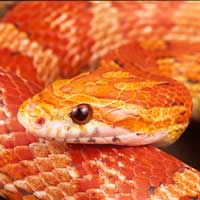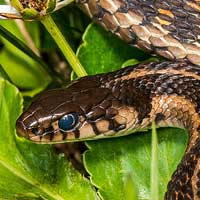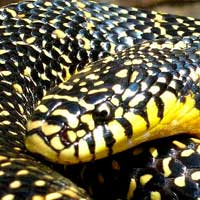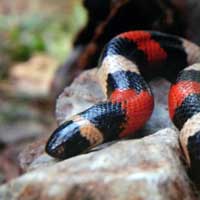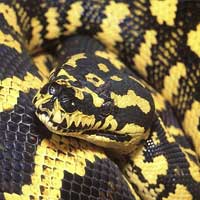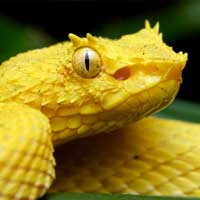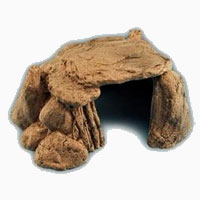Texas Rat Snake
Scientific Name: Elaphe Obsoleta Lindheimeri
Share this Post
Texas Rat Snake is a non-venomous reptile commonly known by the scientific name of Elaphe obsoleta lindheimeri. It is prevalent in the state of Texas in the United States but other regions have some of the reptiles as well. It mingles with other subspecies of the Elaphe obsoleta making it hard to distinguish from others. Its generic name lindheimeri is in honor of German-American Ferdinand Lindheimer Jacob who discovered the initial specimen in Texas. It is the largest snake in Harris County. It is large and the adult grows to a length of 6 feet and beyond. They exist in various colors and patterns but originally they are yellow or sometimes tan in coloration. Some have brown and a blend of olive green patches right from the head to the tail. The reptile exists in a variety of species such as albinos that have become popular in captivity. It has weak jaws with smaller teeth and the young readily bite if picked up. They are agile and excellent climbers of trees. It subdues its prey by constriction and coiling and it feeds on rodents, frogs and birds. In captivity, it is known to be an avid feeder. The only uniqueness of the sub specie is the head, which is solid and grey. They usually portray ill manners in the wild and are often confused with rattlesnakes.
Texas Rat Snakes Are Beautiful Creatures
Facts About Texas Rat Snakes
Geographic Location
Texas Rat Snake species live in Texas though they are found in areas of Oklahoma, Arkansas, and Louisiana.
Habitat
This reptile exists in swamps, forests, grasslands and urban regions as well where it feeds well on rats other small rodents.
Behavior
It is a temperamental reptile ready to bite if disturbed and mean. Some are docile.
Reproduction
The female lays about 20 eggs that hatch in the months of August or September.
Captivity
The reptile lives well in captivity and needs sufficient space for coiling and for adequate movement in cages.

